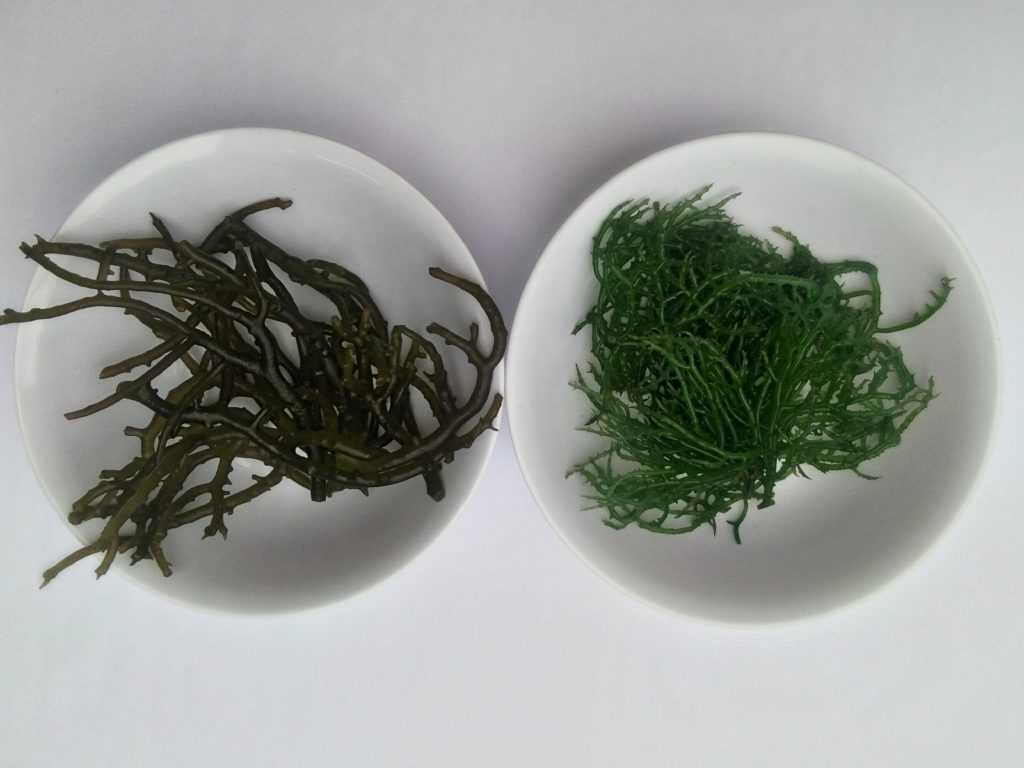Seaweeds are rich in proteins. Some species are particularly high in proteins and there has been talk of substituting the production of soybeans (3 tonnes per ha) with seaweed (100 tonnes per ha). Angell in his paper, suggests that a figure of 5 is a reasonable factor to take nitrogen composition to protein levels, but he points out that most of the reported data is inconsistent in reporting amino acid composition in seaweed. A typical amino acid composition of Pacific SeaMoss is provided below.
Amino Acid Composition of Pacific Sea Moss
| Biomass Properties | Amino Acid Symbol | Mean (% dry weight) |
|---|---|---|
| Histidine | His | 0.09 |
| Serine | Ser | 0.8 |
| Arginine | Arg | 0.83 |
| Glycine | Gly | 0.08 |
| Aspartic Acid | Asp | 1.7 |
| Glutamic Acid | Glu | 1.8 |
| Threonine | Try | 0.84 |
| Alanine | Ala | 0.92 |
| Proline | Pro | 0.70 |
| Lysine | Lys | 0.61 |
| Tyrosine | Tyr | 0.20 |
| Methionine | Met | 0.21 |
| Valine | Val | 1.06 |
| Isoleucine | Iso | 0.79 |
| Leucine | Leu | 1.25 |
| Phenylalanine | Phe | 0.82 |
We make no medical claims. But we all understand seaweed is healthy. What you may not know is that peer-reviewed scientific papers have shown in countless studies on humans, animals and in test tubes that seaweed is healthy. BioSea Health provides seaweed as a simple way to consume food. Simply good healthy food.
References
Angell, Alex Raymond (2016) Seaweeds as an alternative crop for the production of protein. PhD thesis, James Cook University. http://researchonline.jcu.edu.au/46892/

